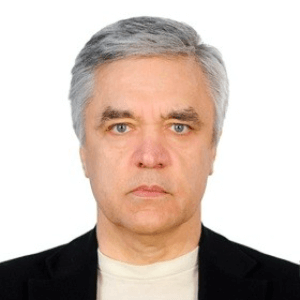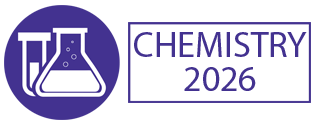Surface Reactivity
Surface Reactivity Is A Term Used To Describe The Ability Of A Solid Surface To Interact With Various Molecules In Its Environment. This Ability Is Highly Dependent On The Type Of Surface And The Type Of Molecule Present In The Surrounding Environment. This Phenomenon Is Most Widely Observed In Metal Surfaces, Where The Surface Properties Are Often Altered By Changes In The Surrounding Environment. Surface Reactivity Is Often Divided Into Two Main Categories; Surface-Mediated Reactions And Surface-Initiated Reactions. In Surface-Mediated Reactions, A Pre-Existing Molecule On The Surface Of The Material Interacts With Surrounding Molecules To Form A New Reaction. This Type Of Reaction Is Most Often Seen In Organometallic Compounds Such As Organolithium Or Organomagnesium, When A Metal Atom In The Compound Reacts With Surrounding Molecules To Form A Different Compound. Surface-Initiated Reactions Involve A Direct Chemical Interaction Between The Surface Of The Material And Reaction Partners In Its Surroundings. These Reactions Occur When A Molecule Is Adsorbed Onto The Surface Of The Material And This Interaction Triggers A Chemical Reaction Within The Solid. Common Surface-Initiated Reactions Include Catalytic Transformations, Corrosion And Surface Oxidation. Surface Reactivity Is Crucial For Many Industrial And Commercial Processes, Such As Tailoring The Properties Of Metal Surfaces Or Catalyzing The Production Of Chemical Compounds. It Is An Essential Factor In Many Industries, Including Electronics, Automotive, Aviation And Healthcare. A Complex Knowledge Of Surface Reactivity Is Essential For Obtaining The Desired Results In Any Industrial Process.

Hossam A Gabbar
Ontario Tech University, Canada
Victor John Law
University College Dublin, Ireland
Alexander Bagaturyants
National Research Nuclear University MEPhI, Russian Federation
Sergey Suchkov
N.D. Zelinskii Institute for Organic Chemistry of the Russian Academy of Sciences, Russian Federation
Shree Niwas Chaturvedi
Centre for Aptitude Analysis and Talent Search, India
Pieter Samyn
SIRRIS, Belgium




Title : Advances in plasma-based radioactive waste treatment
Hossam A Gabbar, Ontario Tech University, Canada
Title : Unraveling the ultrastructure and functions of the neuronal membrane skeleton using super-resolution fluorescence microscopy
Zhou Ruobo, Djillali Liabes University of Sidi Bel Abbes, Algeria
Title : Solar box cooker dehydration, and relative humidity endpoint detection, of lamiaceae culinary leaves on the island of Crete
Victor John Law, University College Dublin, Ireland
Title : Nutrient and heavy metal loads from the Ribeiras to Coastal zones: A land-ocean continuum perspective in Madeira Island
Aracelis Del Carmen Narayan Rajnauth, University of Porto, Portugal
Title : Prospective polyoxometalate-based covalent organic framework heterogeneous catalysts
Arash Ebrahimi, Comenius University Bratislava, Slovenia
Title : Eliminating implant failure in humans with nano chemistry: 30,000 cases and counting
Thomas J Webster, Brown University, United States